No More Pain
Stop experiencing frequently jaw pain or headaches.
No More Discomfort
Sleep throughout the night and live day-to-day without any discomfort.
Live Better
Prevent future health problems and enjoy every aspect of your pain-free life.

You Don’t Need to Live In Constant Discomfort!
Experiencing jaw grinding, clicking, or popping noises during mouth movements, difficulty in fully opening the mouth for activities like speaking, yawning, or chewing, as well as sensations of jaw locking or stiffness, can all indicate temporomandibular joint (TMJ) issues. Additionally, discomfort or pain when biting and chewing, accompanied by sensations of tension or ache in the neck, shoulders, or ears, and recurrent headaches are common symptoms associated with TMJ disorders. These symptoms can significantly impact daily activities and overall quality of life, necessitating prompt evaluation and appropriate treatment to alleviate discomfort and restore jaw function.
An Orthodontic Team You Can Rely On
The technology used by Dr. David Alpan to diagnose and treat TMJ/TMD signs and symptoms was developed in the 1960’s by Bernard Jankelson, DDS, in Seattle, Washington. Dr. Jankelson developed the Myomonitor, an electronic device, to assist TMJ Therapy. He then founded Myotronics, the organization that continues to educate dental and medical professionals about diagnosing and treating these disorders. Robert Jankelson, DDS, continues the work of his father in Myotronics where they continue researching and developing newer and better technologies for TMJ/TMD diagnosis and treatment.
It’s Easy to Get Started
Dr. David began to formulate his own TMJ treatment, based on his father’s success with Dr. Jankelson’s technology. Dr. David was also mentored and influenced by Dr. Chase at the University of the Pacific (UOP) School of Dentistry in San Francisco. Dr. David attended many postgraduate classes at Myotronics and earned the Master of Science in Dentistry (MSD) degree for writing his Master’s Thesis on TMD research during his two year orthodontic specialty training at UOP School of Dentistry. He has been practicing TMJ therapy in private practice since 1999, when he founded Alpan Orthodontics in Los Angeles & Beverly Hills.
Step 1. Discover
Step 2. Relax
Step 3. Smile
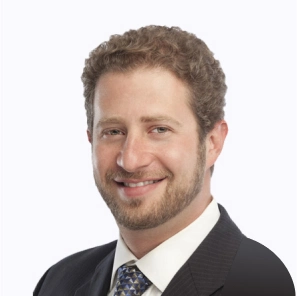
Meet Dr. Alpan
Dr. Alpan earned his Doctor of Dental Surgery (DDS) degree from the University of the Pacific (UOP) School of Dentistry in San Francisco and became licensed to practice dentistry in California and Nevada in 1996. After completing his orthodontic training program at UOP in 1998, he received his Orthodontic Specialty Certificate. He earned his Master’s of Science degree in Dentistry (MSD), and wrote his master’s thesis on the results of a two-year TMJ research project. Dr. Alpan is a speaker and leading expert KOL (Key Opinion Leader) for many technology companies like Acceledent, Propel & Light Force. Dr. Alpan customizes each smile to your unique features and refers to himself as a “Smile Designer.”
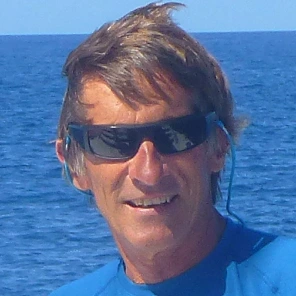
Meet Dr. Memsic
Dr. Robert earned his Doctor of Dental Surgery (DDS) degree in 1972 from Loyola University Chicago Dental School. He attended a postgraduate orthodontic residency program at University of California Los Angeles (UCLA) in 1974. He practiced in the Koreatown area for over 40 years helping thousands of patients improve their bite and smile. In addition to managing his own private practice, he also held the position of Assistant Clinical Professor at University of Southern California (USC) Dental School. He taught at USC dental school for a total of 35 years and all his students loved him.



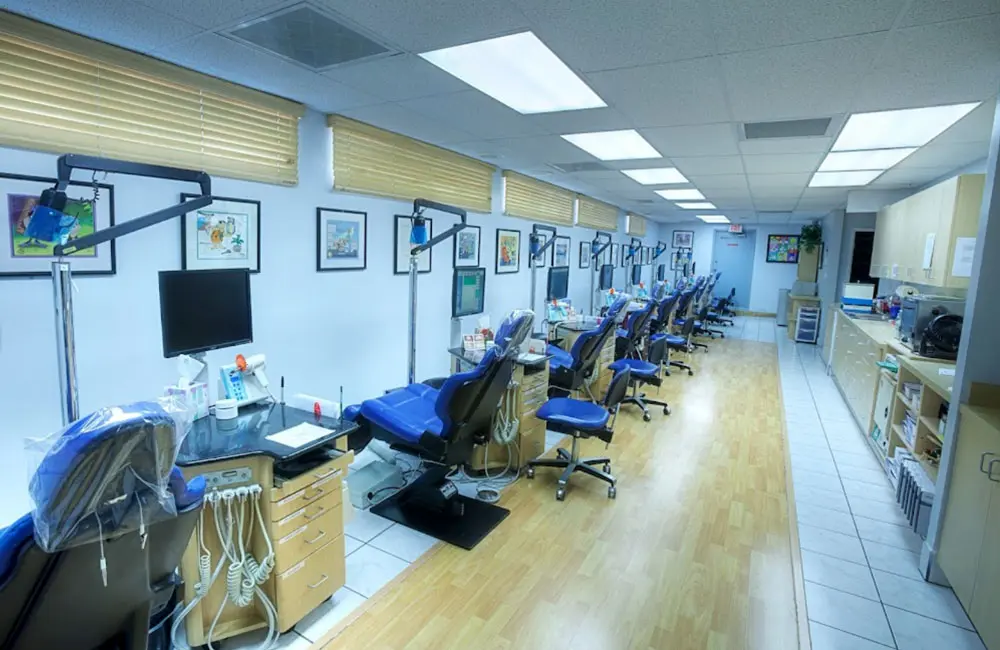
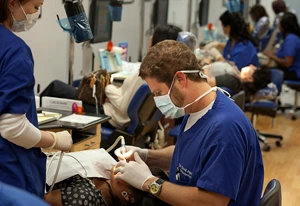
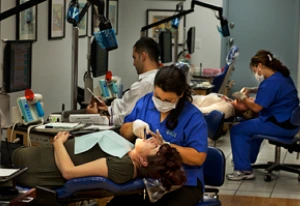
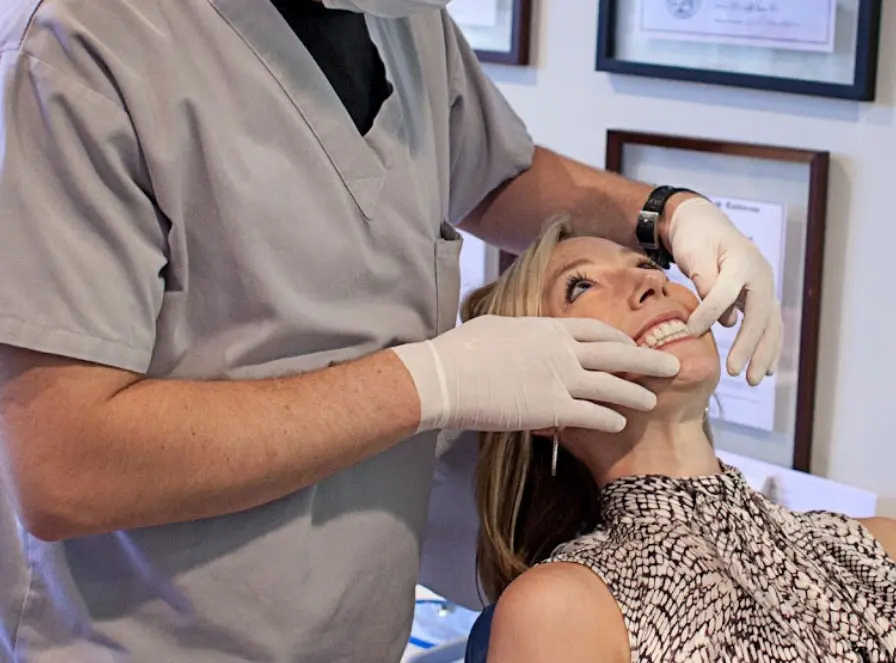

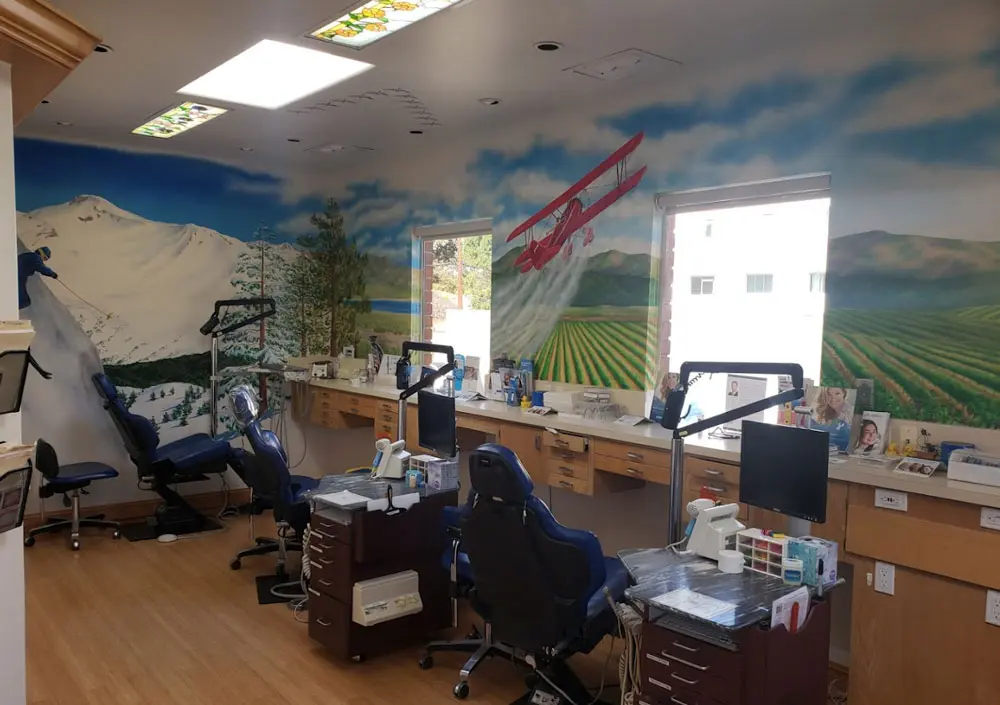
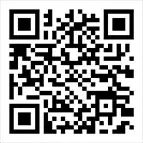
Keep In Touch